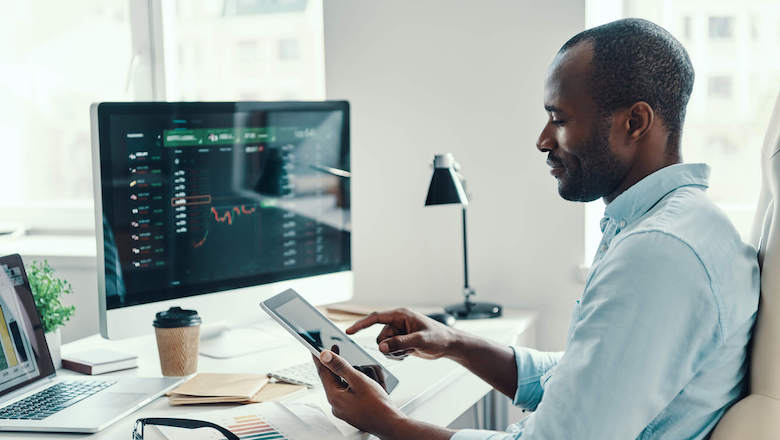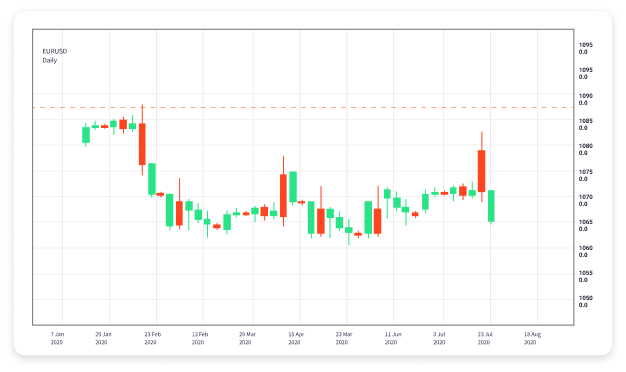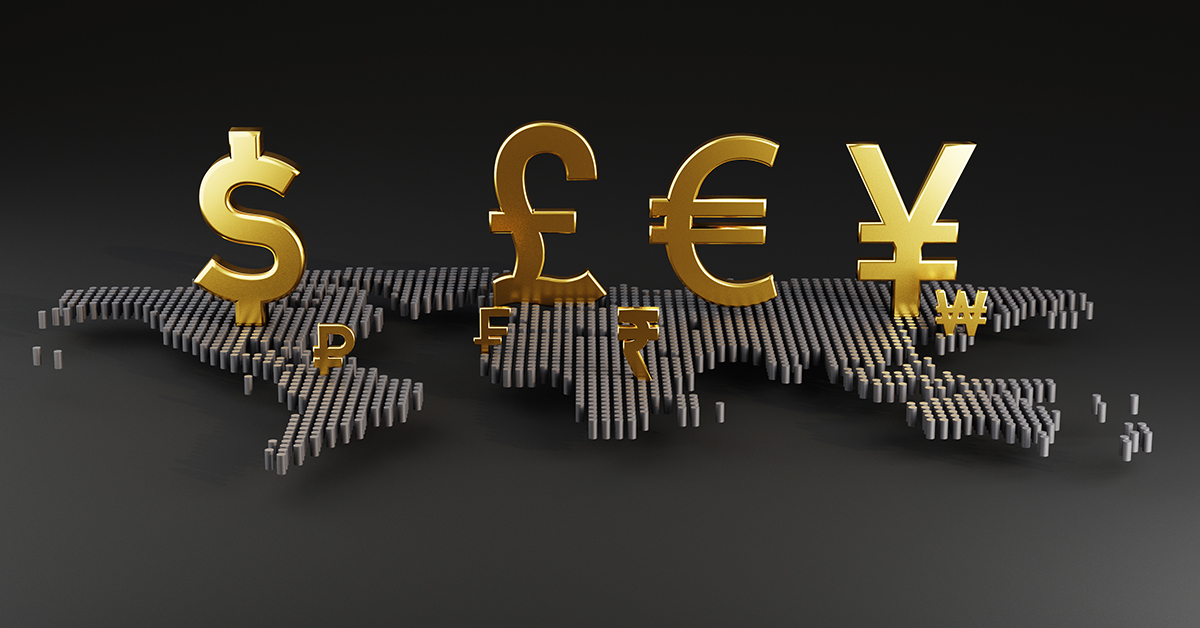
Forex trading, or foreign exchange trading, is one of the largest and most liquid markets in the world. It allows traders to exchange currencies and profit from fluctuations in currency prices. For those who are just starting out, the world of forex can seem overwhelming. However, with the right knowledge and preparation, you can position yourself for successful trading. Here, we will guide you through the essential elements of forex trading for beginners, helping you get started on your journey. If you’re looking for additional resources, feel free to visit forex trading beginners https://trading-bd.com/ to enhance your understanding further.
Understanding the Forex Market
The forex market is the global marketplace for buying and selling currencies. It operates 24 hours a day, five days a week, and involves various participants, including banks, financial institutions, corporations, and individual traders. Unlike stock markets, the forex market does not have a centralized location; trading occurs electronically over-the-counter (OTC).
Currency Pairs
In forex trading, currencies are traded in pairs. The first currency in the pair is called the base currency, and the second is the quote currency. For example, in the EUR/USD pair, the Euro is the base currency, and the US Dollar is the quote currency. The price of the pair tells you how much of the quote currency is required to purchase one unit of the base currency.
Understanding Quotes
Quotes in forex are represented in two ways: direct and indirect. A direct quote is when the domestic currency is the quote currency, while an indirect quote is when the domestic currency is the base currency. For instance, if you are in the U.S., a direct quote might be USD/JPY, while an indirect quote could be JPY/USD.
Key Terminology
Before delving deeper, it’s important to familiarize yourself with some essential forex terminology:
- Pip: The smallest price move that a given exchange rate can make. For most pairs, this is 0.0001.
- Leverage: A tool that allows traders to control larger positions with a smaller amount of capital. While it can increase potential profits, it also amplifies potential losses.
- Spread: The difference between the bid price and the ask price of a currency pair.
- Margin: The amount of capital required to open a leveraged position in the forex market.

Choosing a Forex Broker
One of the first steps for a beginner in forex trading is selecting a reliable forex broker. With numerous options available, it’s vital to choose one that suits your trading style and offers the features you need. Here are some factors to consider:
- Regulation: Ensure that the broker is regulated by a recognized authority to ensure the safety of your funds.
- Trading Platform: The trading platform should be user-friendly and offer the tools necessary for technical analysis.
- Fees and Spreads: Understand the costs involved in trading, including commission fees and spreads.
- Customer Service: A broker with good customer service can be invaluable, especially for beginners.

Developing a Trading Strategy
A robust trading strategy is crucial for success in forex trading. Here are some steps to develop your strategy:
1. Analyze the Market
This can be done through fundamental analysis, which involves studying economic indicators, or technical analysis, which involves looking at charts and patterns.
2. Define Your Risk Tolerance
Understand how much risk you are willing to take. This will help you decide on the size of your trades and your stop-loss orders.
3. Set Trading Goals
Establish clear and achievable trading goals. This could be a specific profit target or learning a new trading technique.
4. Keep a Trading Journal
Document your trades to review your decision-making process and outcomes. This will help you learn from your mistakes and improve over time.
Risk Management in Forex Trading
Effective risk management is essential for longevity in forex trading. The following techniques can help manage risks:
- Use Stop-Loss Orders: These orders automatically close your position at a predetermined price to limit losses.
- Position Sizing: Determine the size of your trades based on your account balance and risk tolerance.
- Diversification: Avoid putting all your capital into one trade; diversifying your positions can reduce risk.
Getting Started with a Trading Account
Once you have chosen a broker and developed a strategy, you’ll need to open a trading account. Most brokers offer demo accounts that allow you to practice trading with virtual money. This is an excellent way to familiarize yourself with the platform and test your strategies without financial risk.
Transitioning to Live Trading
When you feel comfortable with your demo trading results, you might consider transitioning to a live trading account. Start with a small amount to minimize risks while you adjust to real trading. Remember that emotional factors come into play in live trading that may not be present in demo trading.
Continuous Learning and Improvement
The forex market is constantly changing, and successful traders are those who continue to learn. Here are some ways to improve your skills:
- Stay Informed: Follow market news and updates, economic calendars, and international developments.
- Participate in Trading Communities: Engage with other traders through forums or social media to share insights and experiences.
- Invest in Education: Consider courses, webinars, or books that deepen your understanding of forex trading.
Conclusion
Forex trading can be a rewarding endeavor for beginners who take the time to learn and develop their skills. By understanding the market, choosing the right broker, creating a trading strategy, and managing risks, you can position yourself for success. Remember, trading is not about getting rich quickly but about steady growth and learning from your experiences. As you embark on your trading journey, always strive for continuous improvement, and don’t hesitate to seek resources that can guide you along the way.
